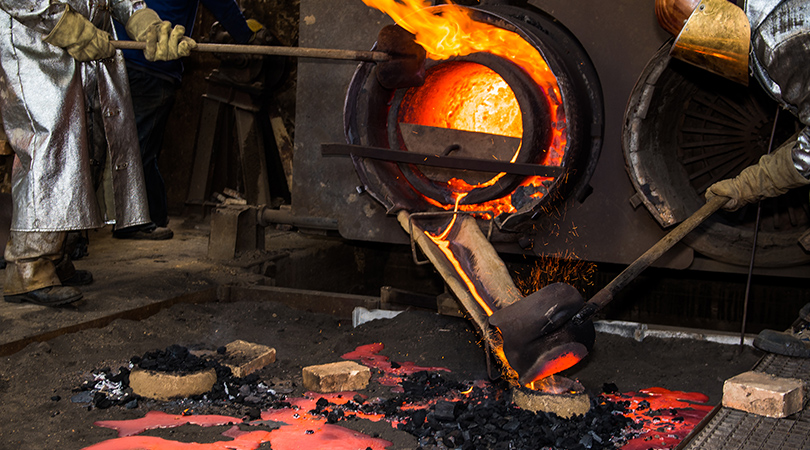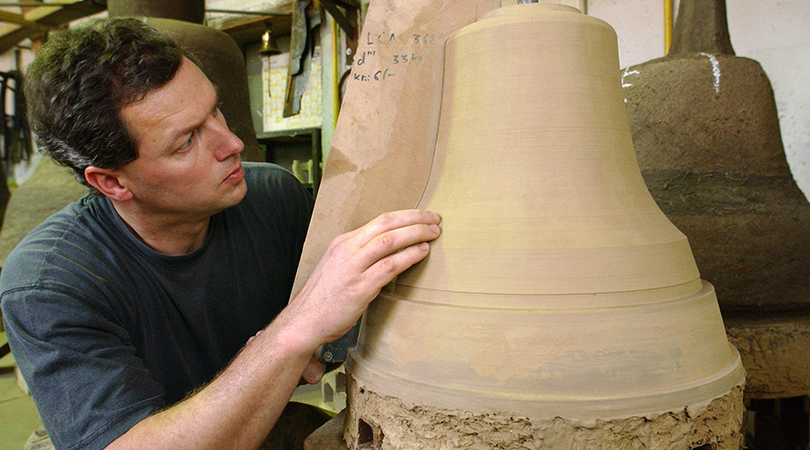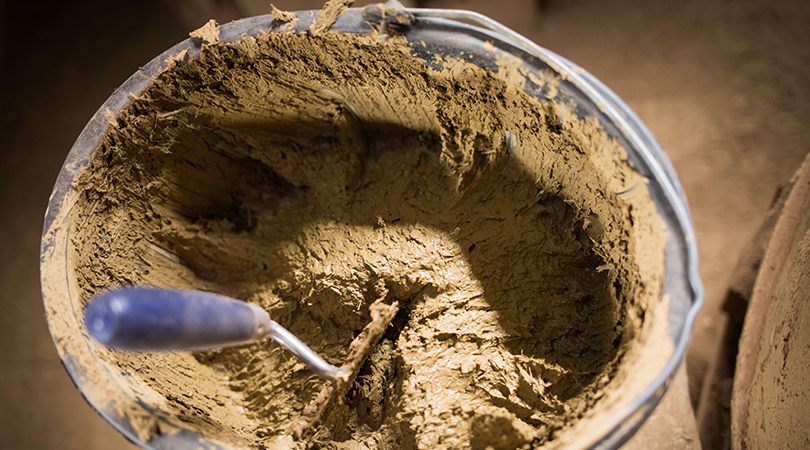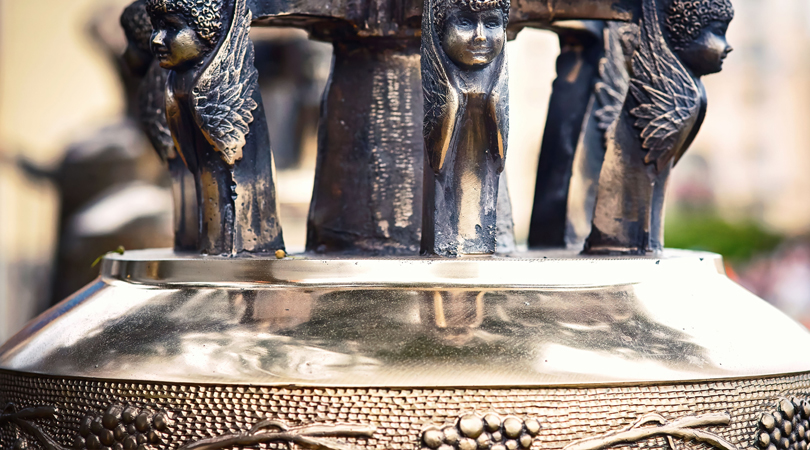Steps to cast a bronze bell
The craft of casting bells is both a science and an art, requiring exact calculations and precision engineering combined with delicate finesse and design. To make a bell of lasting quality, bell foundries today follow similar methods to bellmakers a thousand years ago. Each has unique variations and stylistic differences, but the process to make a bell generally follows these steps.
Design the bell
A bellmaker must first determine the size and shape requisite to achieve the desired resonance, further calculating the volume of molten bronze needed for the project.
Make a pattern
Two wooden templates called strickle boards are cut to shape, aligning with the curvature and dimensions of the outer and inner bell, to create consistent proportions and depth all around.
Style the bell
A model or false bell is crafted from stone or brick and swept with sand or loam by the strickle boards, with detailing features, figures, and inscriptions further defined in wax.
Construct the mold
After coating the false bell in fireproof clay and dried, the sand and wax are removed, leaving behind a mold of the final bell. A mold of the inside of the bell, called the core, is created similarly.
Cast the bell
The outer and inner molds are clamped together, creating a gap uniform in shape and thickness, and the assemblage is buried in a casting pit. The gap is then filled with molten bronze.
Allow the bell to cool
Depending on the bell’s size, it may take several days or weeks for the molten bronze to cool evenly. If cooling happens too quickly, the bell is more susceptible to fracture or crack.
Tune
A circular lathe spins the bell and finely shaves metal from the inside until its ring corresponds to a desired pitch or tone.
Fit the clapper
A clapper of proportionate size and weight is cast and then fitted inside the bell. This is fastened with a metal link through pre-drilled holes in the top of the bell.
Install the bell
The bell is now ready to install in a bell tower or other location. This is often preceded by a blessing, consecration, or dedication ceremony.
All that’s left is to let it ring!
Section image: A bellmaker at the Kunstgießerei Lauchhammer foundry in Lauchhammer, Germany, sweeps a false bell with a strickle board on Nov. 12, 2002.




